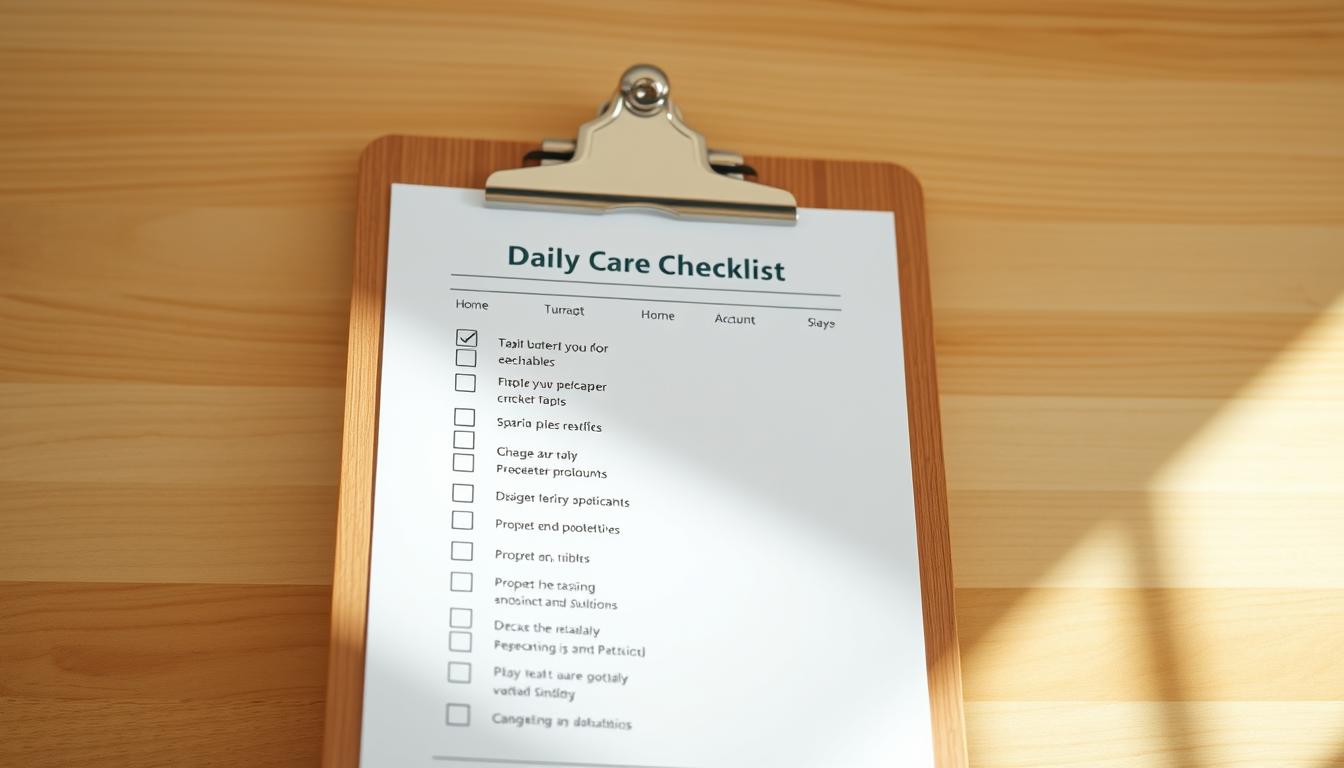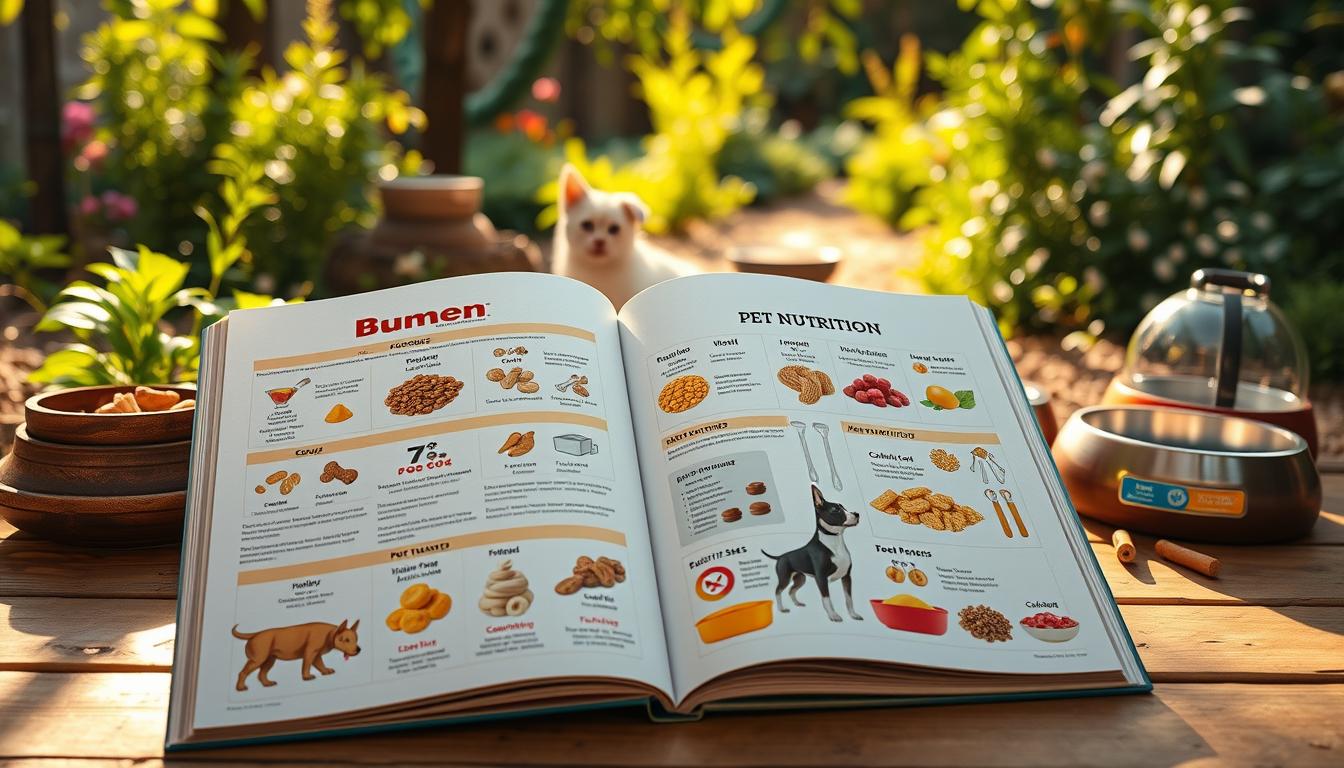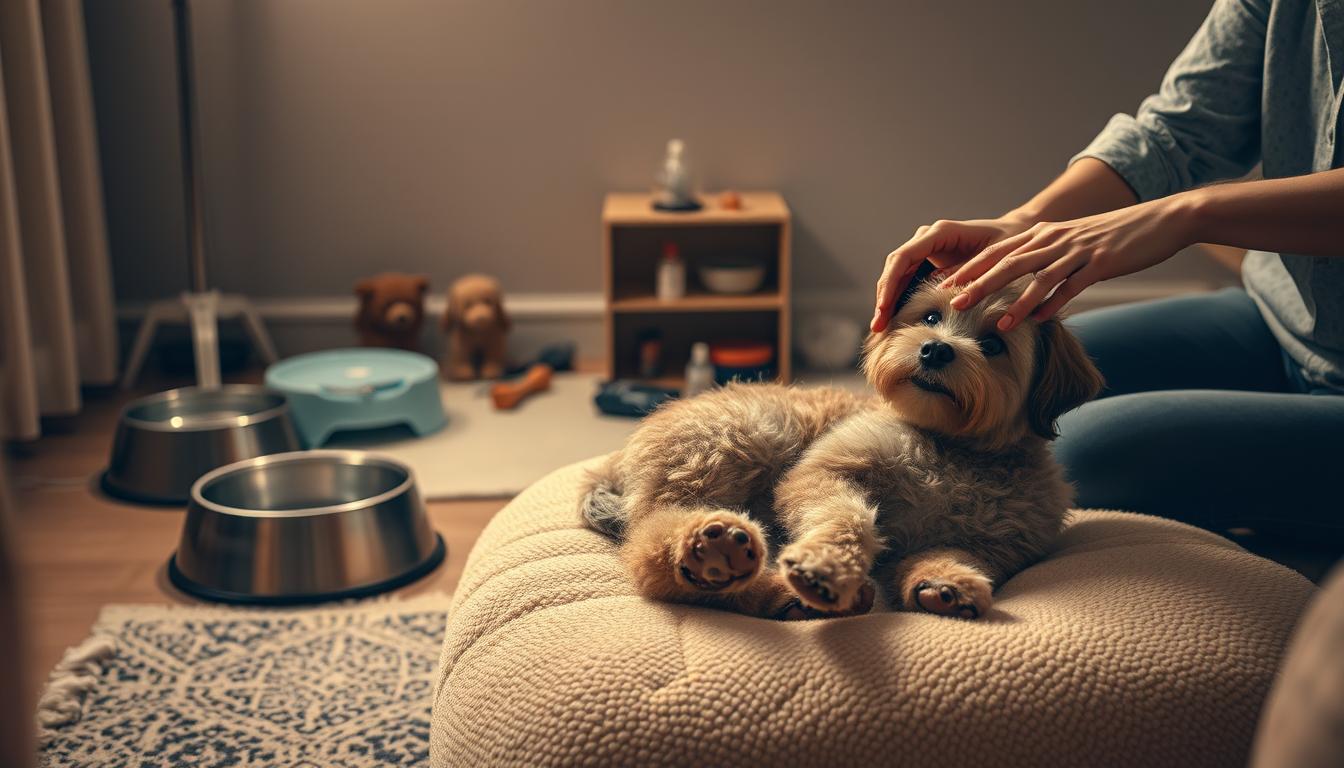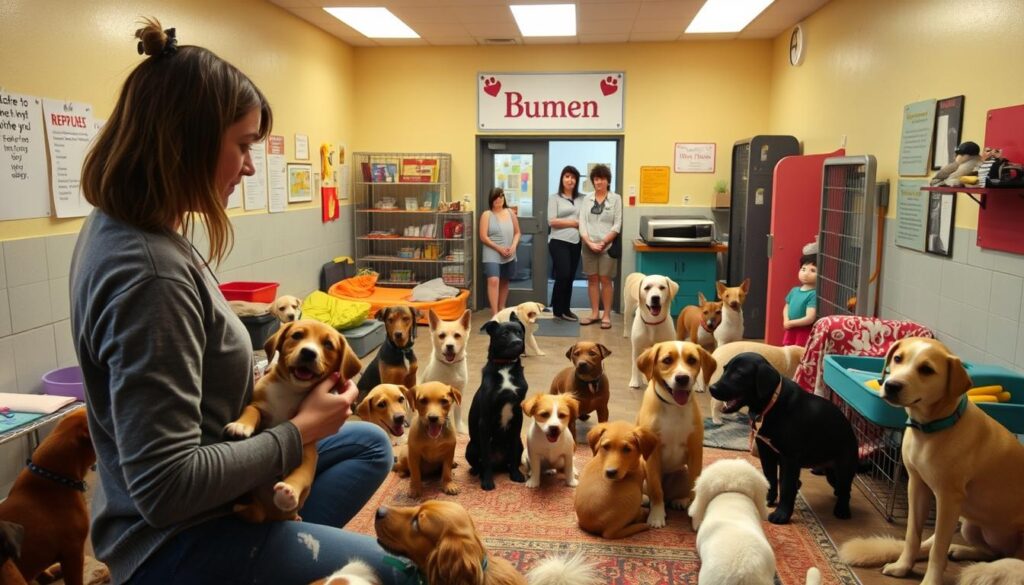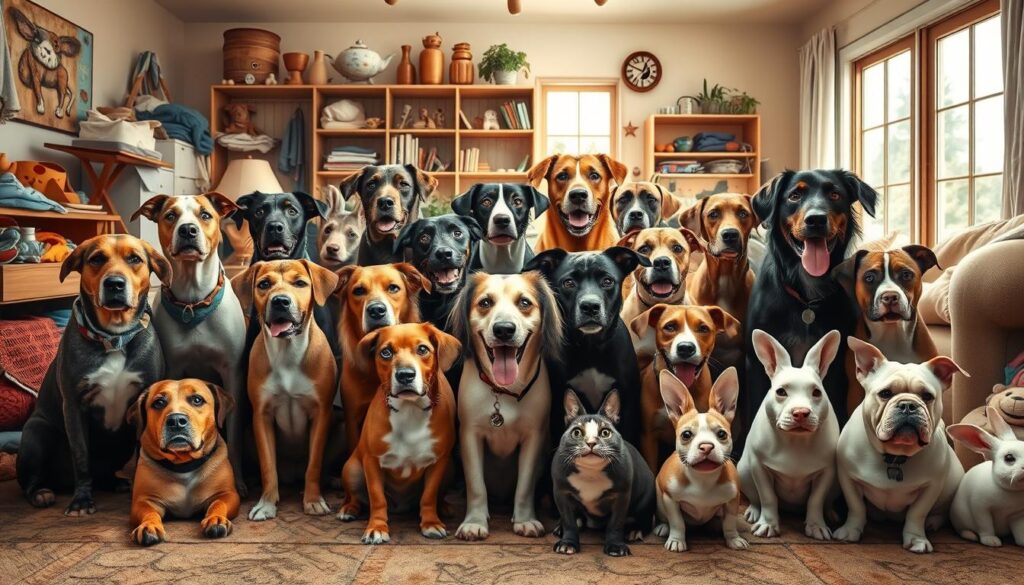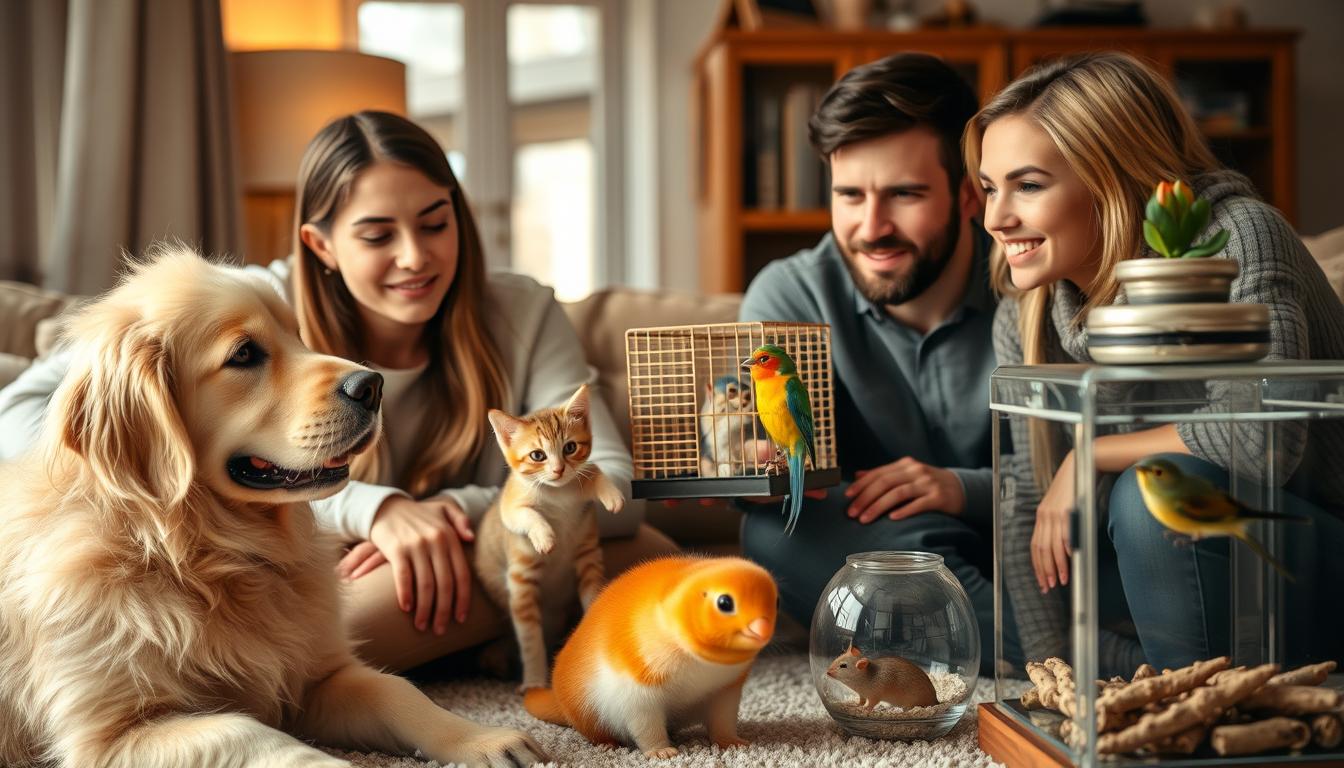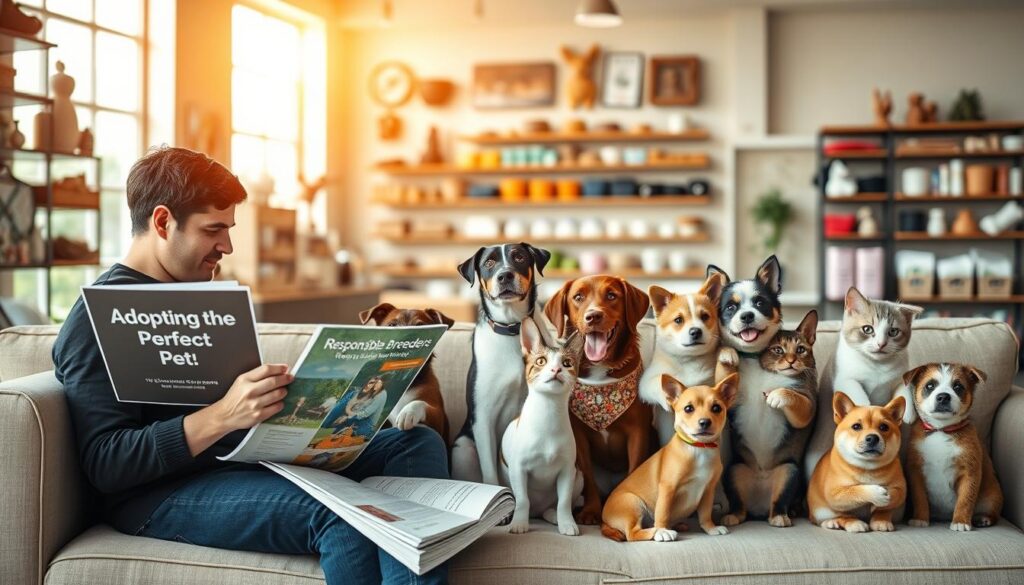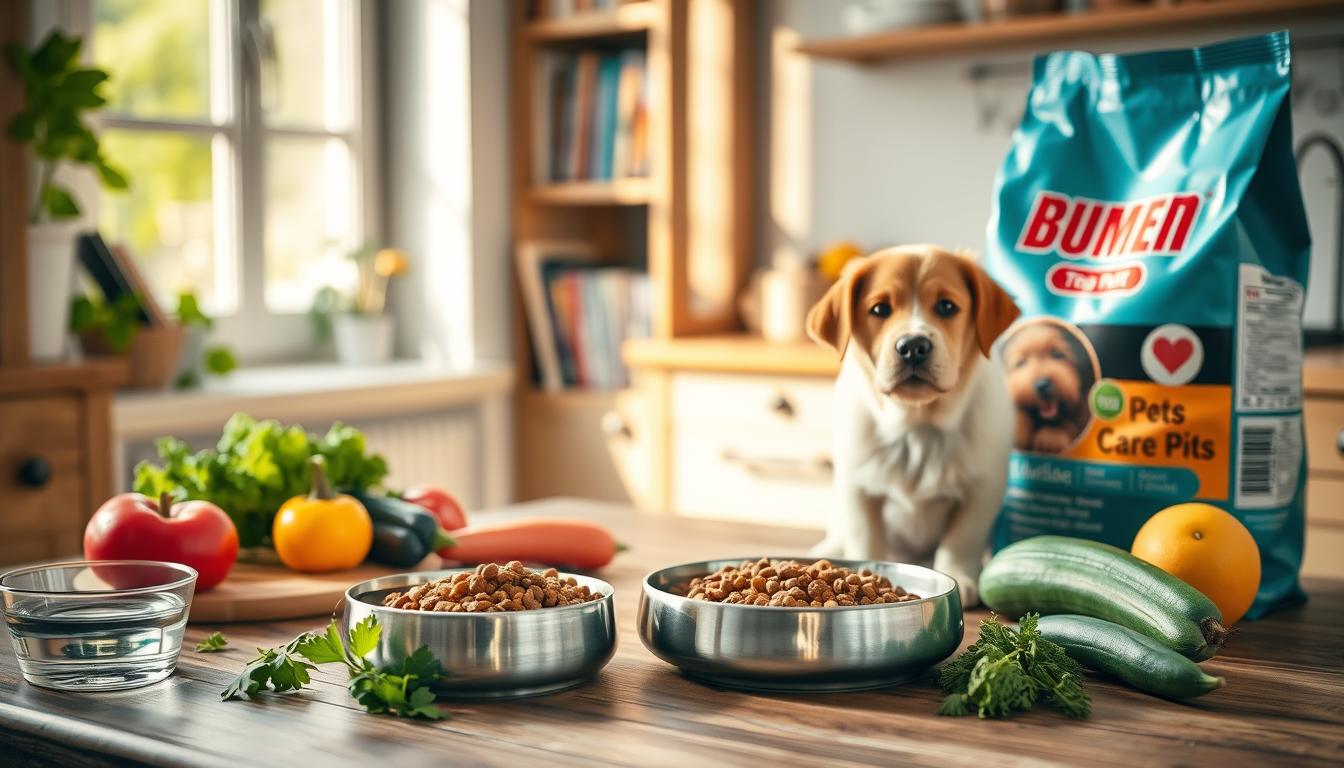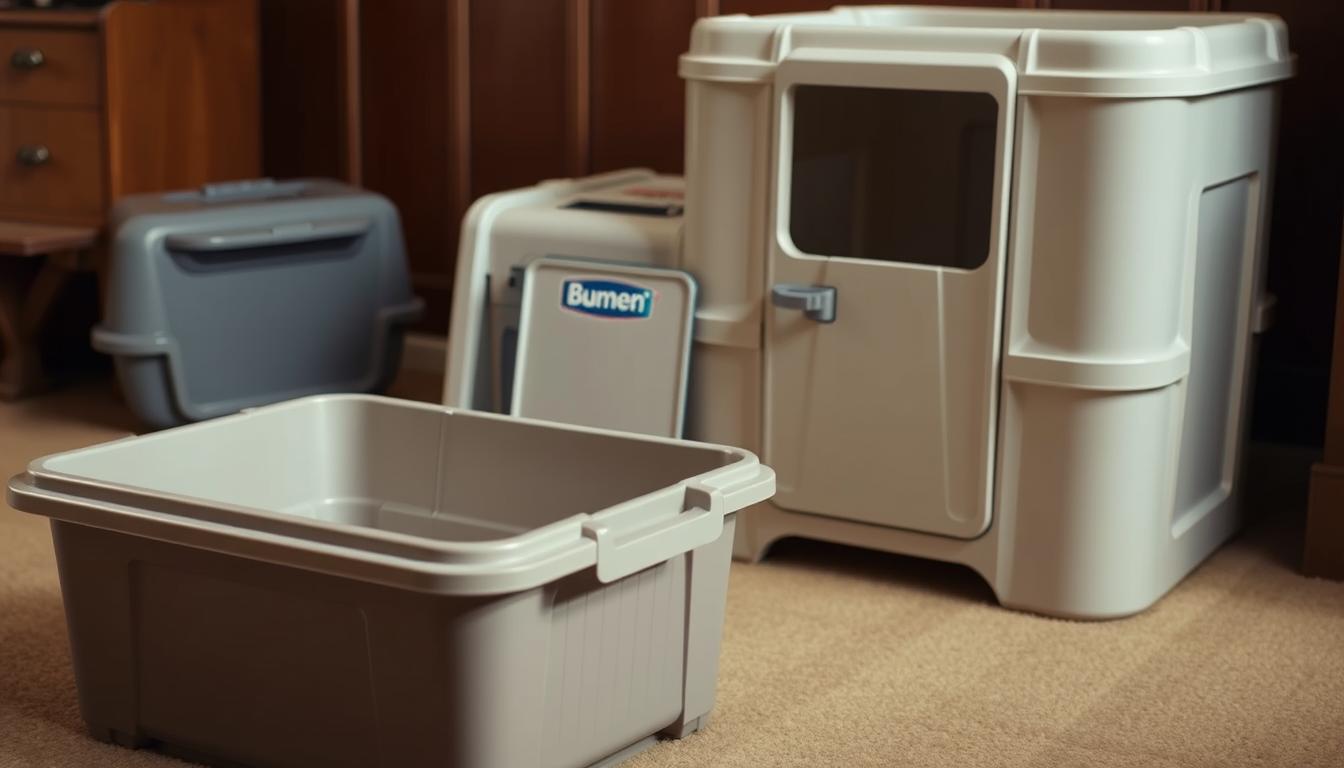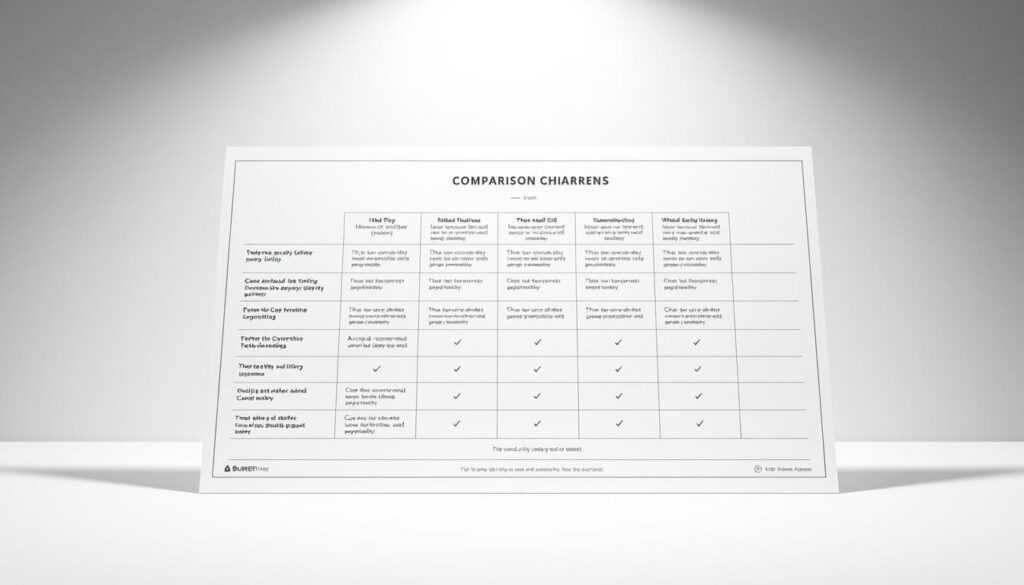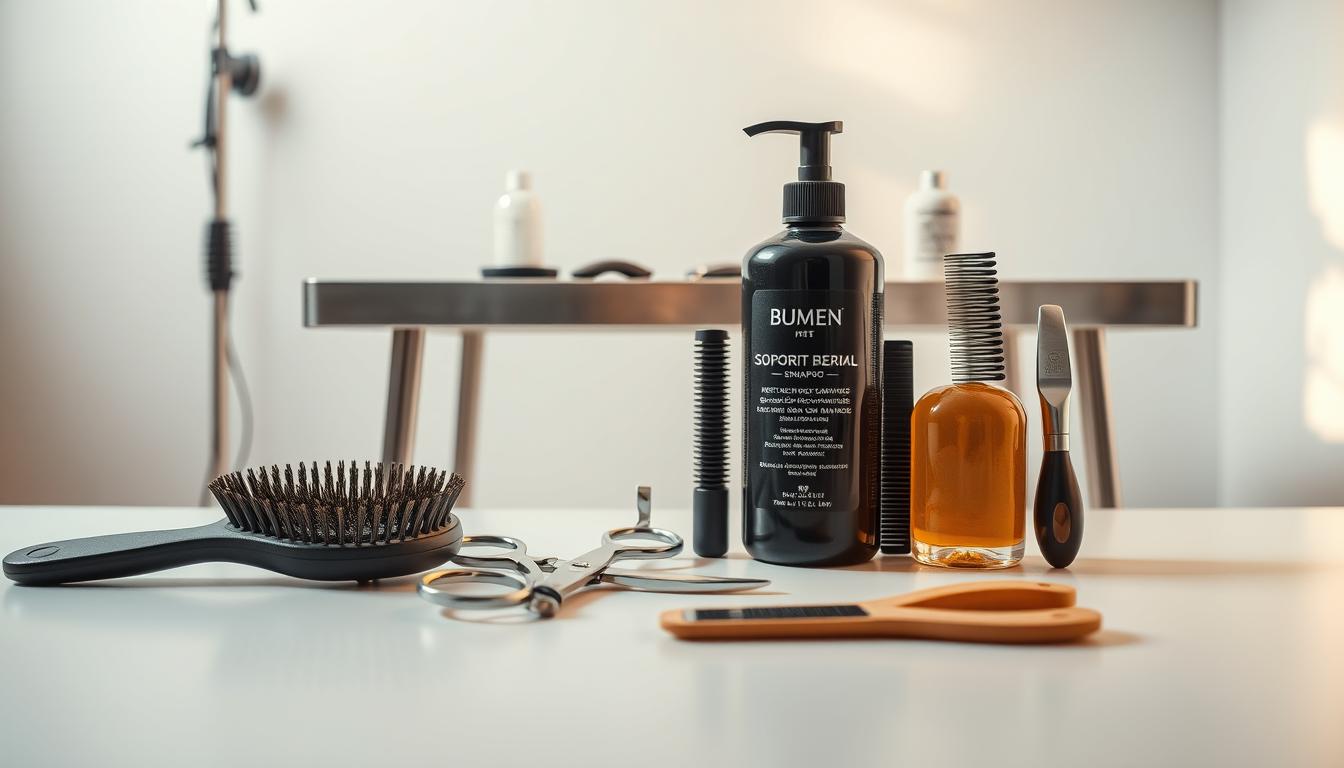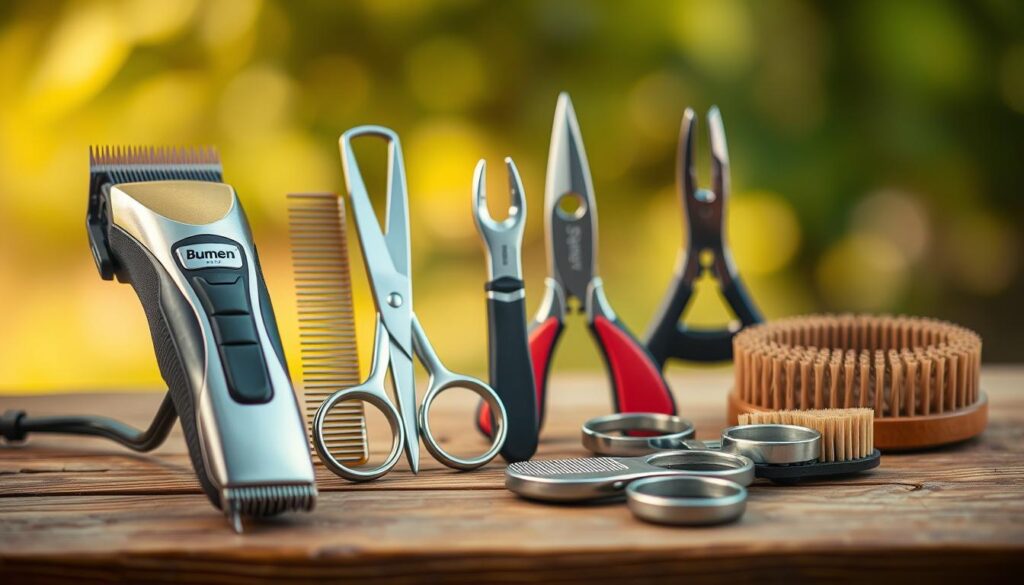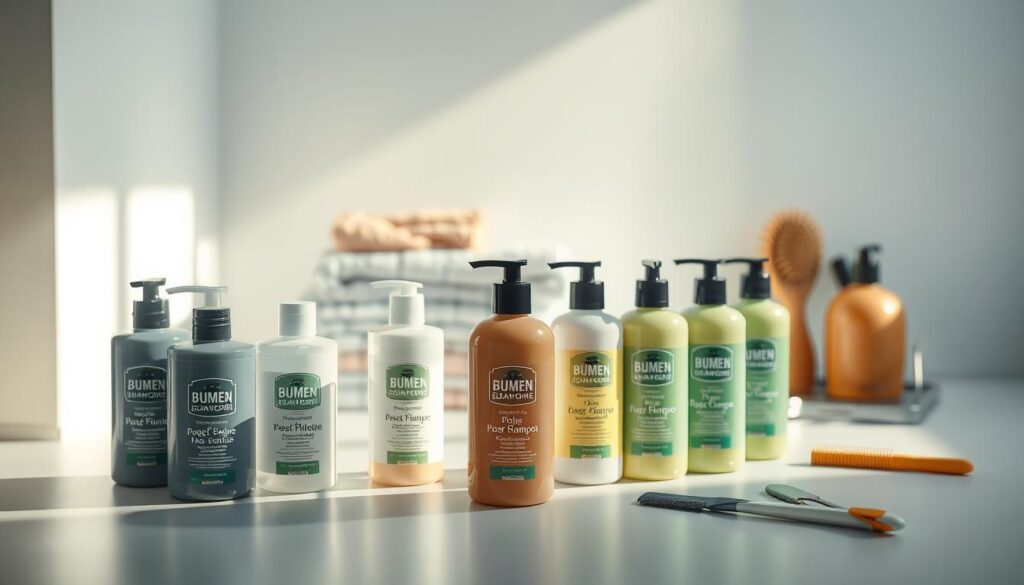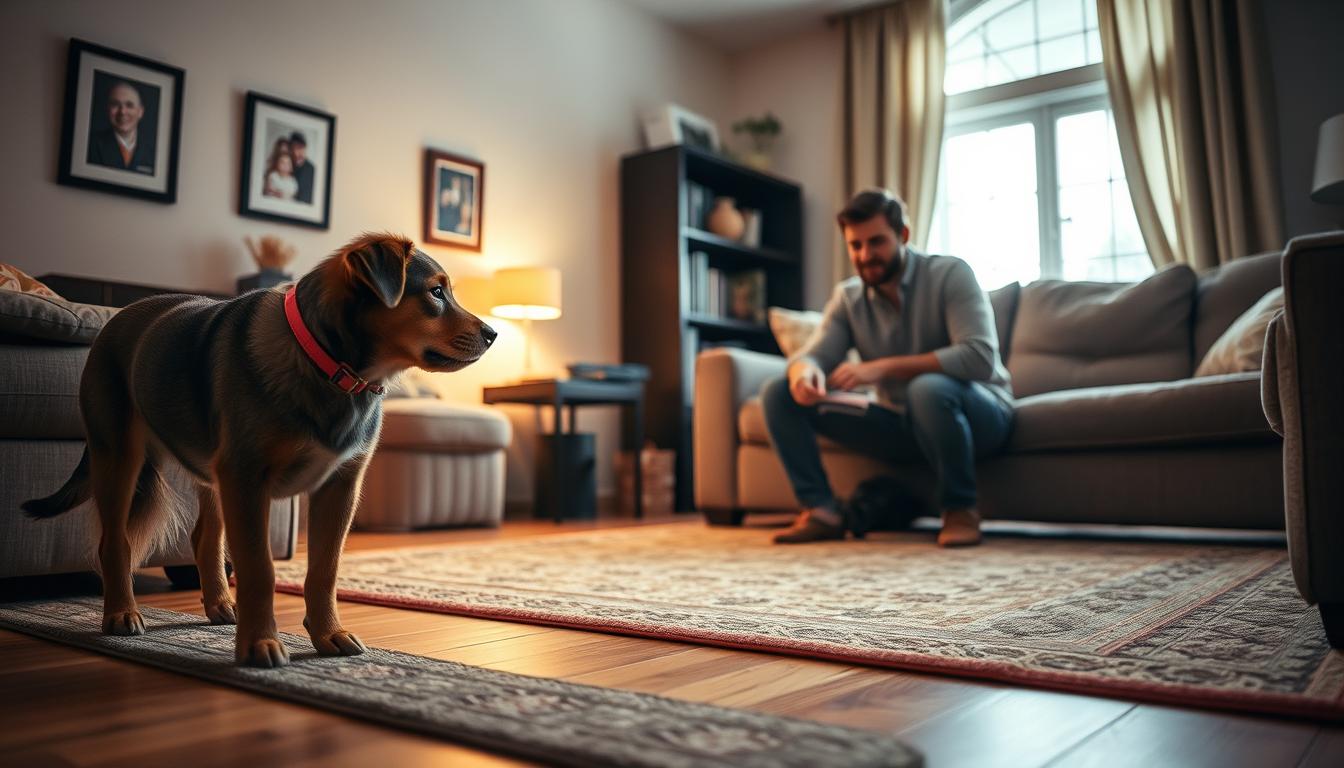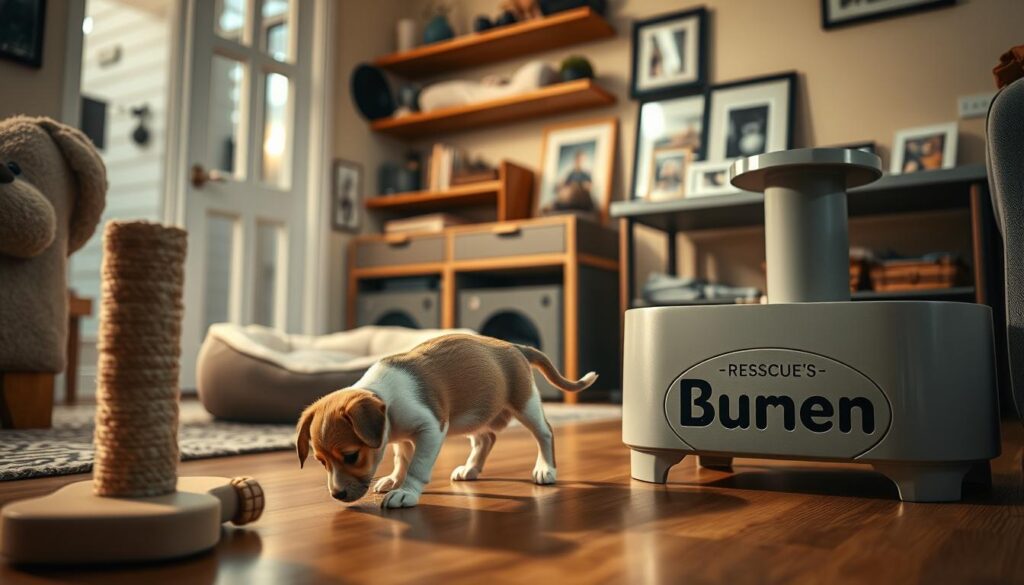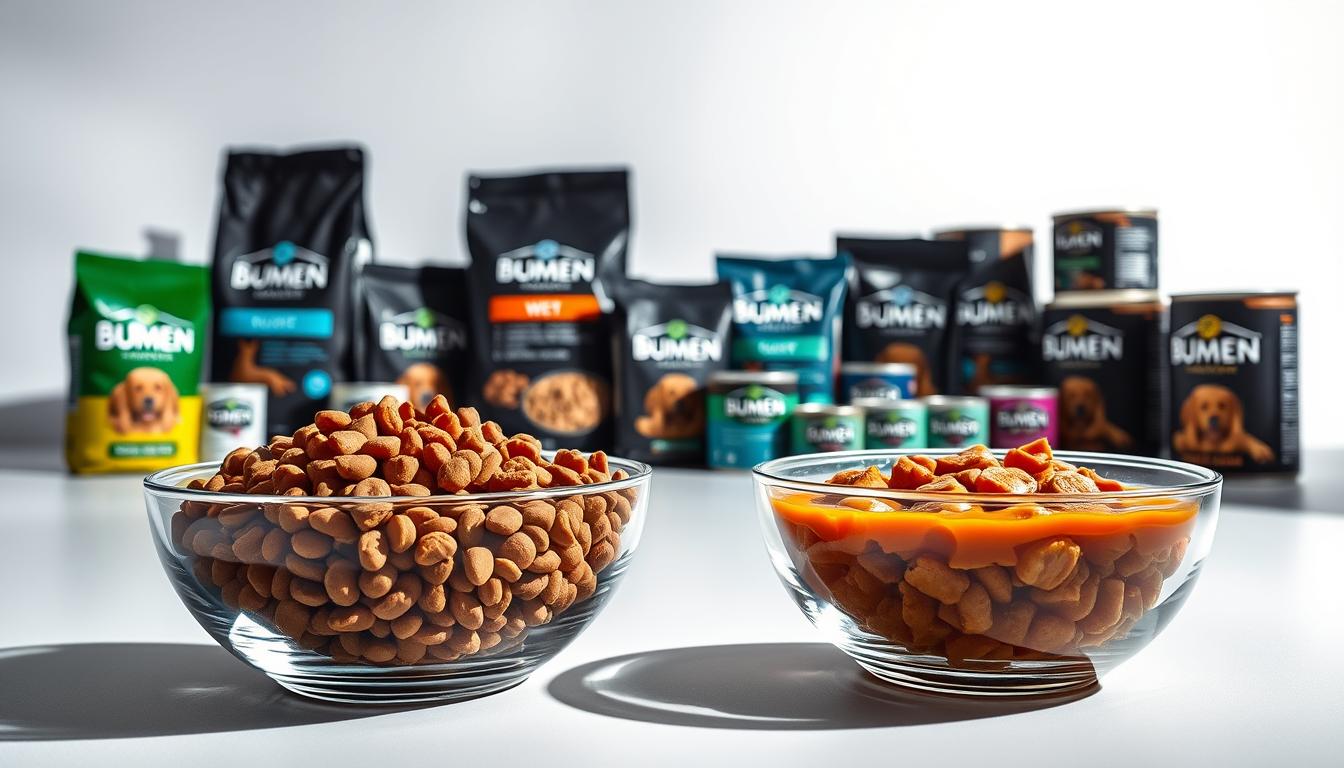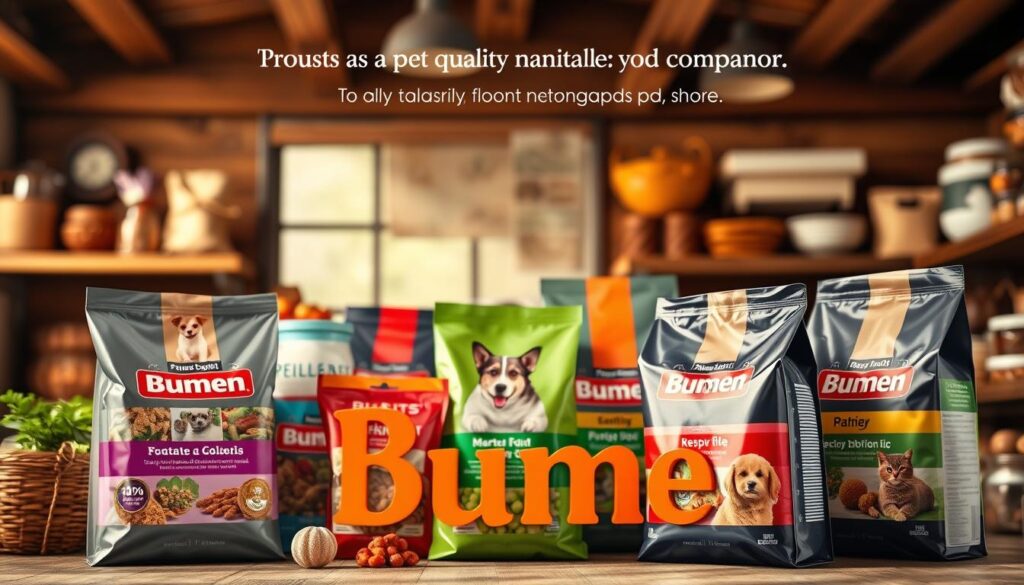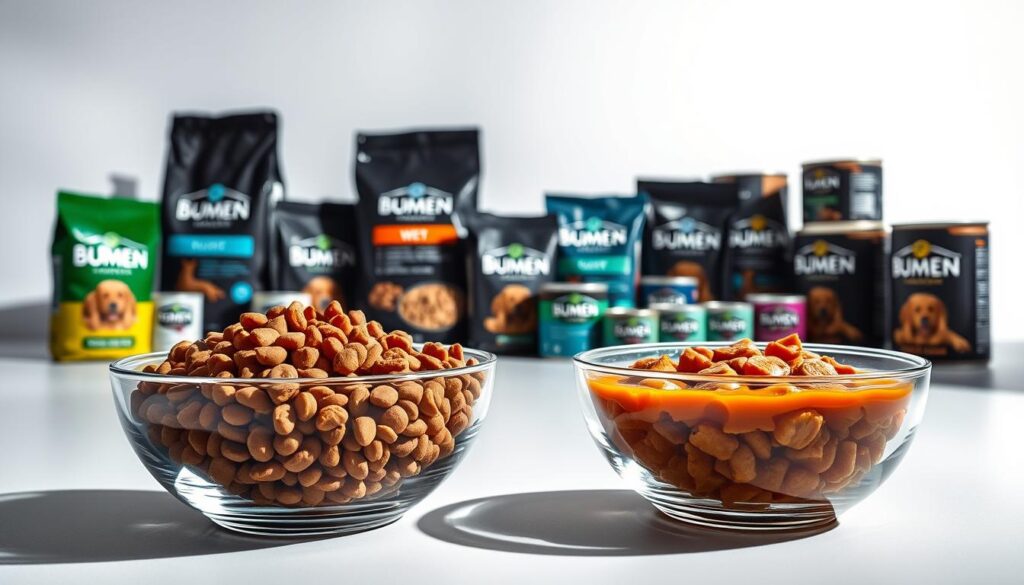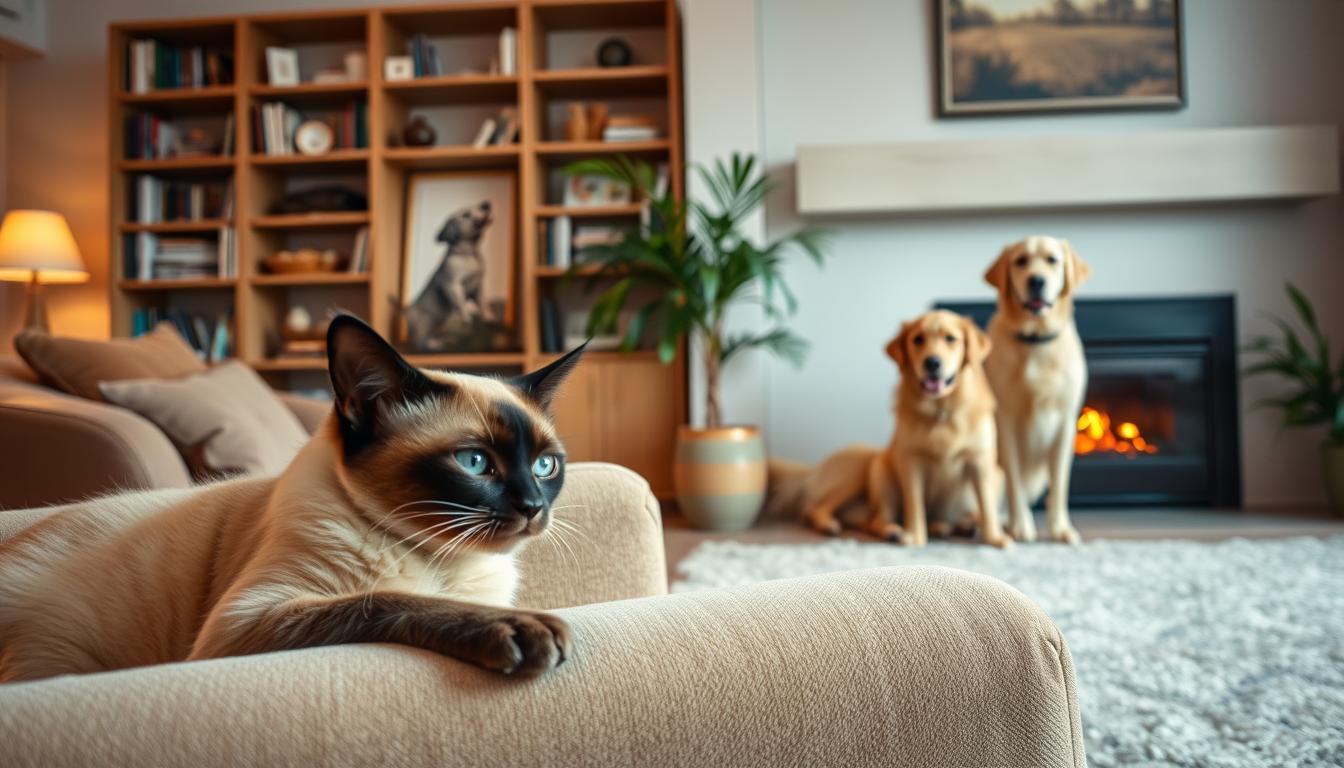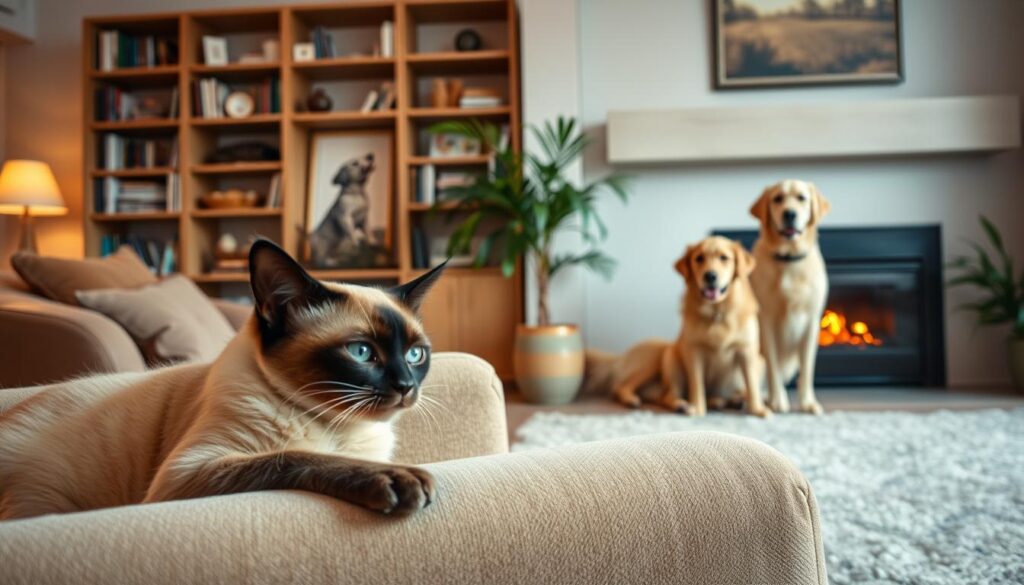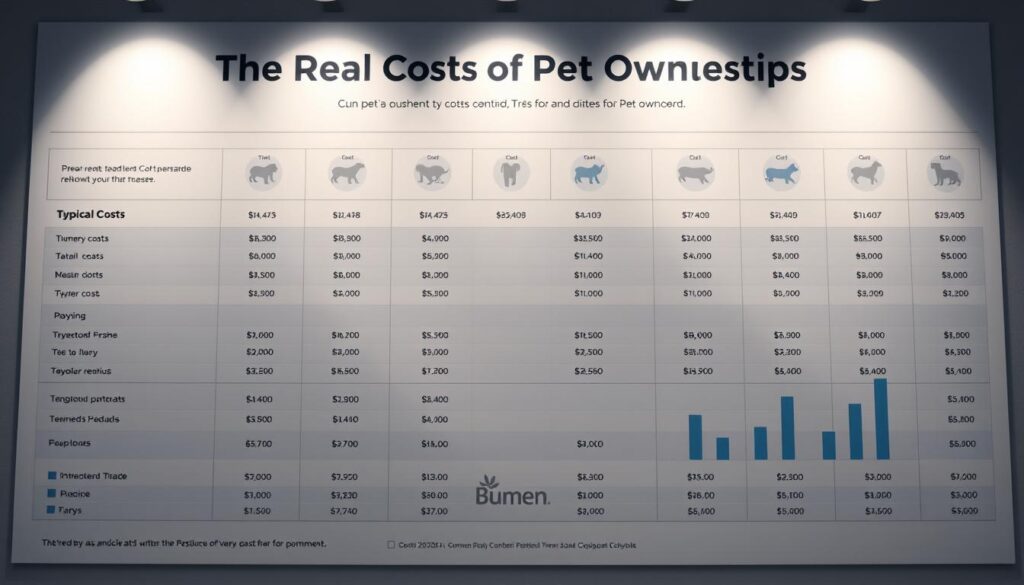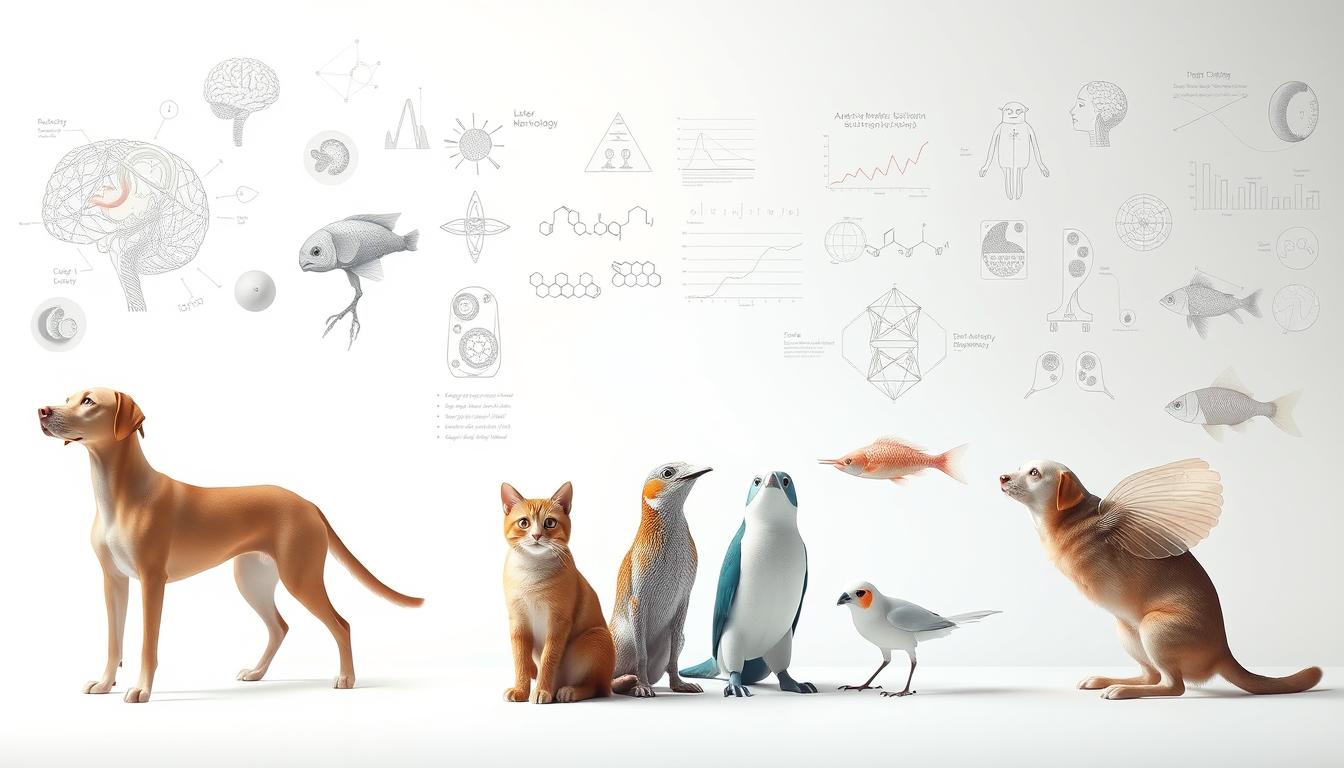
Ever seen your pet do something weird and wondered why? You’re not alone. Many pet owners find their pets’ odd behaviors puzzling.
Things like chasing their tails or drinking from the toilet are funny but confusing. But have you thought about the science behind these actions?
Knowing why your pet behaves a certain way can make your bond stronger. It can also help solve problems. In this article, we’ll explore the pet habits and their scientific explanations.
The Science of Pet Behavior: Why Animals Act Strangely
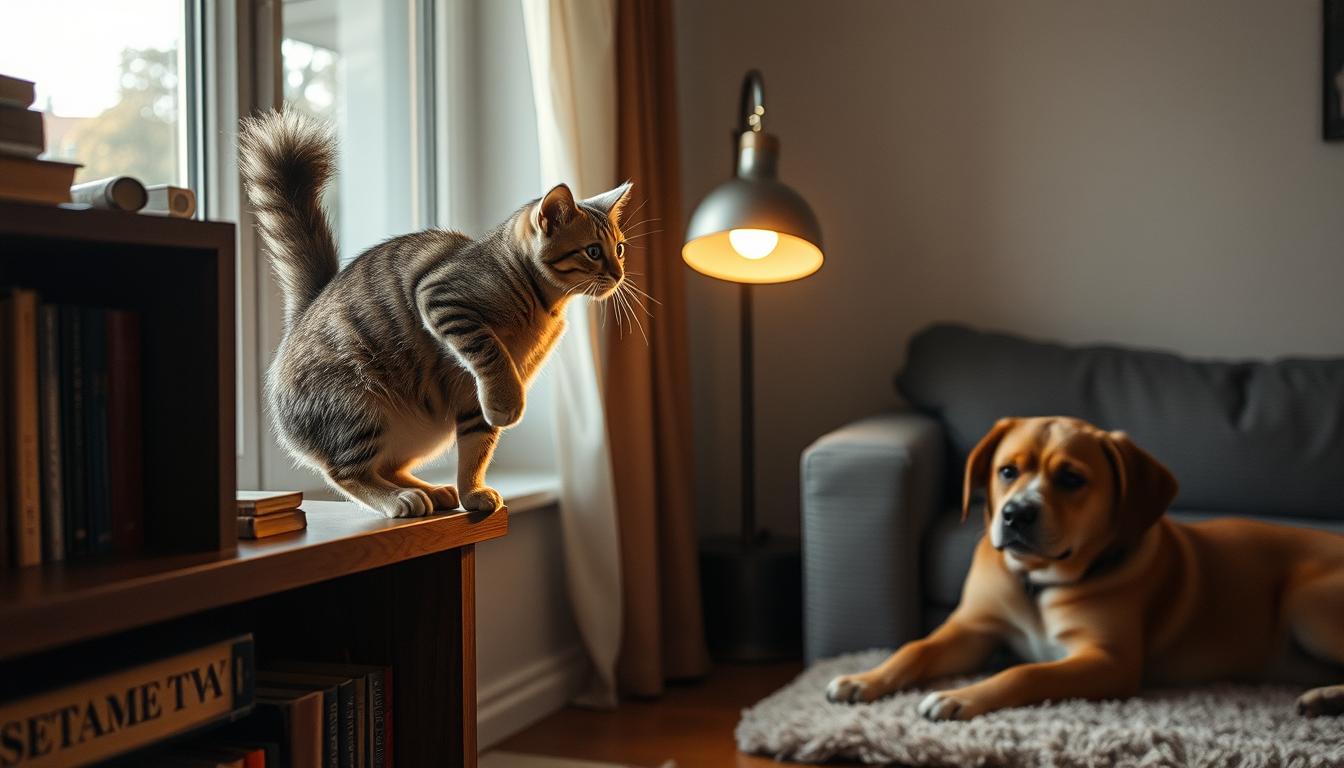
Pets often do things that seem weird to us. But these actions come from their natural instincts and history. Learning about pet psychology helps us understand why pets act strangely.
How Animal Instincts Influence Modern Pet Behavior
Even though pets are domesticated, they keep many wild instincts. For instance, dogs circle before lying down. This is a leftover from their wild days, when they prepared their sleeping spot to avoid predators. These behaviors are part of their natural heritage.
The Role of Domestication in Shaping Quirky Habits
Domestication has changed pet behavior, leading to quirky habits. Pets have learned to live with humans, but their old instincts are also there. Knowing how instinct and adaptation mix is important for understanding strange pet behavior.
Weird but True: Strange Pet Habits Explained by Science
Pets often do things that seem weird. But science helps us understand why. Knowing why they act this way can make our bond stronger.
Evolutionary Reasons Behind Seemingly Odd Behaviors
Your pets’ odd behaviors have evolutionary roots. For example, dogs circle before lying down. This is because their wild ancestors used to prepare their beds by trampling grass or leaves. Here are some key reasons:
- Instinctual behaviors passed down through generations
- Survival tactics that were once key in the wild
- Adaptation to environments that no longer exist in domestic settings
How Your Pet’s Brain Processes Their Environment
Your pet’s brain reacts to their environment in ways that might seem strange. But for them, it’s normal. For example, cats knead or “make biscuits.” This is from their kitten days when they stimulated their mothers’ milk.
How your pet’s brain handles their environment is shaped by their senses and past. Knowing this can help make their space more comfortable and interesting.
Decoding Your Dog’s Bizarre Behaviors
As a dog owner, you’ve seen your furry friend do some weird things. You might wonder why they act that way. Dogs have strange habits, but they usually make sense when you understand them. Knowing why your dog acts strangely can help you care for them better and bond more closely.
Why Dogs Circle Before Lying Down
Dogs circle before lying down because of an old instinct. It comes from their wild ancestors. This natural behavior is seen in domesticated dogs too, even though they don’t face predators anymore.
The Science Behind Tail Chasing and Zoomies
Tail chasing and “zoomies” happen when dogs have too much energy or are bored. Providing enough exercise and mental games can cut down on these behaviors.
Understanding Head Tilting and Paw Licking
Head tilting shows curiosity or attention. Paw licking might be a way to calm down or because of skin issues. Watching your dog’s actions and talking to a vet if needed can uncover what’s behind it.
How to Respond to Your Dog’s Strange Habits
When your dog does something odd, stay calm and watch closely. Finding out why they do it and acting on it can solve the problem. If it keeps happening or worries you, get advice from a vet or animal behaviorist.
Curious Cat Quirks: Scientific Explanations
Ever wondered why your cat acts strangely? Many cat owners do. Cats do weird things like run fast at night and knock things over. These actions are both fun and confusing.
Midnight Sprinting and Cat Crazies Explained
Midnight sprinting, or “cat crazies,” is when cats run fast in the house at night. It’s like they’re showing off their hunting skills. They do this to get rid of extra energy.
The Mystery Behind Kneading and “Making Biscuits”
Kneading, or “making biscuits,” is when cats press their paws into things. They do this in a rhythmic way. It’s a leftover from when they were kittens. They used to knead their mom’s belly to get milk.
Now, adult cats knead to relax or mark their territory.
Why Cats Knock Things Off Surfaces
Cats like to knock things off surfaces. It can be annoying for owners. But, it’s because they’re curious and like to hunt.
They see objects as prey. Knocking them off is a fun game for them.
Practical Tips for Managing Unusual Cat Behaviors
To deal with your cat’s odd behaviors, give them lots of toys. This keeps them busy. You can also redirect their attention to things like catnip toys or scratching posts.
Understanding why your cat acts a certain way helps. It makes your home a happier place for both you and your cat.
Strange Behaviors of Small Pets and Their Meanings
Watching your small pets, you might see odd behaviors. These actions come from their natural instincts. Rodents and birds show quirky habits that are both interesting and puzzling.
These behaviors mirror their wild ancestors’ survival tactics. Knowing why they act this way helps you care for them better. It ensures they stay happy and healthy.
Rodent Habits: Why Hamsters Hoard and Mice Build Complex Nests
Rodents like hamsters and mice burrow and hoard. These actions help them survive in the wild. Hamsters hoard food for when it’s hard to find, a trait from their past.
Mice make complex nests from gathered materials. This nest keeps them safe from predators and harsh weather. Knowing this helps you give them the right home and activities.
Bird Behaviors: Head Bobbing, Feather Plucking, and Talking
Birds show cool behaviors like head bobbing, feather plucking, and talking like humans. Head bobbing shows curiosity or checks their space. Feather plucking might mean they’re stressed, bored, or sick.
Some birds can talk like humans, which amazes us. This skill is a way for them to communicate. You can encourage it by talking and training them.
How to Respond to Your Pet’s Unusual Behaviors
As a pet owner, you’ve seen behaviors that seem odd. It’s important to understand and respond to these behaviors. They can be just quirks or signs of bigger problems.
Step1: Observe and Document the Behavior Pattern
Start by watching and writing down the behaviors. This helps you understand what’s happening.
Creating a Pet Behavior Journal
Use a pet behavior journal to track the behavior. It helps you see patterns.
What Details to Record
Write down the time, place, and any triggers you see. This helps you understand the behavior better.
Step2: Determine If the Behavior Is Normal or Concerning
Not all odd behaviors are a problem. It’s important to know the difference.
Normal vs. Abnormal Frequency
Some behaviors, like a dog’s tail chasing, are normal if they happen sometimes. But if they happen a lot, it might be a sign of trouble.
Context Clues to Consider
Think about the context of the behavior. For example, a cat kneading might be a sign of comfort or a leftover kitten behavior.
Step3: Appropriate Responses to Common Strange Behaviors
After understanding the behavior, you can respond in the right way. For example, if your dog is being destructive because it’s bored, give it more to do or exercise.
Step4: Environmental Modifications That Help
Changing your pet’s environment can help their behavior. For example, giving a safe space for your cat to go to when stressed can help.
By following these steps, you can better understand and address your pet’s unusual behaviors. This improves their life and your bond with them.
When to Be Concerned: Distinguishing Quirky from Problematic
It’s important for pet owners to know the difference between quirky and problematic pet behavior. Some odd behaviors are okay, but others might mean your pet is sick or upset.
Warning Signs That a Strange Behavior Needs Veterinary Attention
Some signs, like sudden aggression, constant pacing, or harming themselves, mean your pet needs a vet. Veterinary professionals can find out why, like if it’s a health, mind, or environment issue.
- Persistent or severe changes in appetite or sleep patterns
- Unexplained changes in behavior or mood
- Signs of pain or discomfort
How to Discuss Unusual Pet Behaviors With Your Vet
Talk to your vet about your pet’s behavior in detail. Keep a record of the behavior, like when it happens, how often, and what might cause it. This helps your vet understand what’s going on.
Also, tell your vet about your pet’s health history, food, and any changes in their home. This way, your vet can give you a scientific explanation for your pet’s behavior.
Embracing Your Pet’s Unique Personality
Understanding your pet’s quirky behavior can make your bond stronger. It helps create a more loving relationship. By knowing the science behind their odd habits, you can meet their needs better.
Looking into quirky pet behavior shows the depth of their personalities. It helps you tailor your approach to their unique traits. Whether it’s a dog’s tail chasing or a cat’s midnight runs, these habits make your pet special.
By accepting your pet’s quirks, you can make your home happier for both of you. So, when you see your pet acting strangely, remember it’s their charm. It shows their unique individuality.


